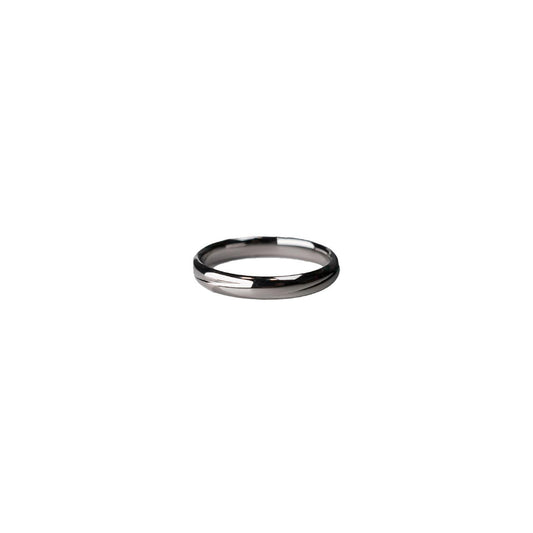Diamonds in the Modern Age From Natures Depths to the Lab
Diamonds in the Modern Age From Natures Depths to the Lab
Something about gems has always captivated me—a fascination that, in truth, began not with an elaborate jewelry purchase but during a quiet moment in my grandmother's attic. I discovered a dusty heirloom box containing her engagement ring—a diamond that had seen decades pass yet held a sparkle, much like her timeless wisdom. This memory surfaced recently as I browsed through jewelry stores, faced with a decision my grandma certainly never had to ponder: Should I go for a natural diamond or opt for a lab-grown one?
Real diamonds have been romanticized for centuries, long before Marilyn Monroe famously sang about them being a girl's best friend. Their allure lies in the fact that they form over millions of years, subjected to immense pressure and heat deep within the Earth. The journey of these diamonds, often fraught with tales of adventure and exploration from remote mines to the display windows of sophisticated shops, add to their charm. There's an undeniable allure in wearing a piece of history, something that has seen epochs and is now part of one's personal narrative.
Yet, the spotlight has shifted somewhat with the increasing prominence of lab-grown diamonds. These gems boast the same chemical and physical properties as their earth-formed cousins, sans the long geological wait. The process involves simulating the conditions under which natural diamonds develop, though over weeks rather than centuries. The appeal here is multifaceted: lab diamonds are kinder to the environment, have a clearer trace of origin, and are often more affordable—a compelling factor in our current economic climate.
Reflecting on this, my thoughts drift back to a dinner conversation with a close friend, who had recently proposed with a lab-grown diamond. His decision was partly ethical, he explained, driven by the murky tales associated with diamond mining and the burdensome social issues entailed. The ring he presented to his fiancé was stunning, no less beautiful than any natural stone could be. The look on her face was proof that the sparkle of love doesn't diminish, no matter the origins of the gem.
Cultural significance and personal beliefs also play substantial roles. Some might argue that the authenticity and traditional value of a natural diamond can't be replicated. Meanwhile, the tech-savvy and eco-conscious generation could be swayed by the innovative path of lab creations. Navigating this choice isn't just about aesthetics or cost; it's often an introspective journey—examining what value and legacy mean to you personally.
As for me, while I compare rings, the debate in my mind continues. I can't help but ponder whether my choice would make my grandmother nod in approval or raise an eyebrow with that knowing, gentle skepticism. Perhaps the true decision lies not in the diamond itself but in the stories we choose to create with it—stories that will be waiting, like my grandmother's heirloom, for someone to discover in another attic someday.

























